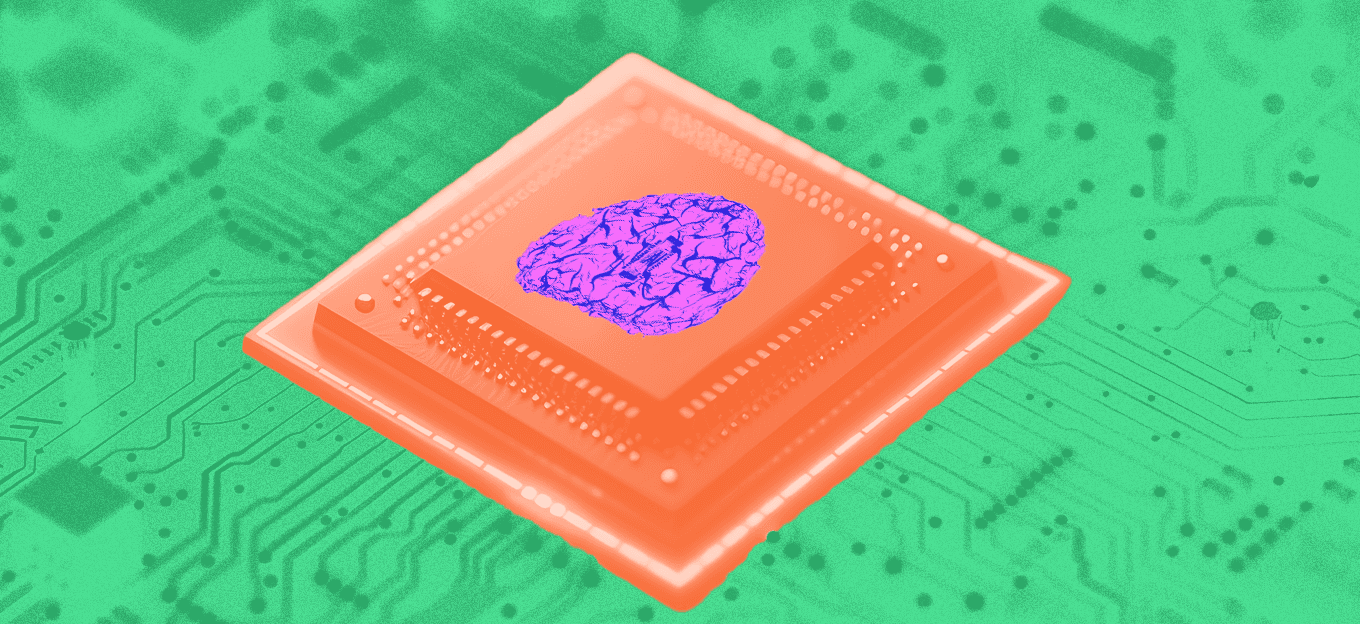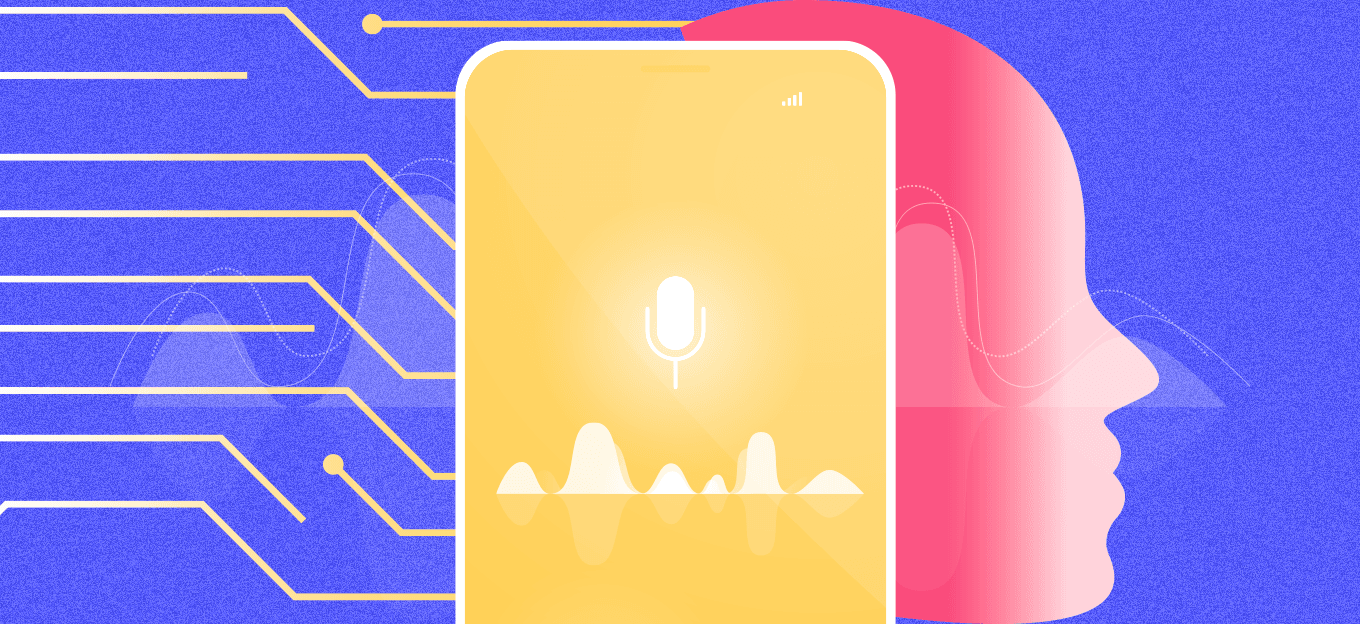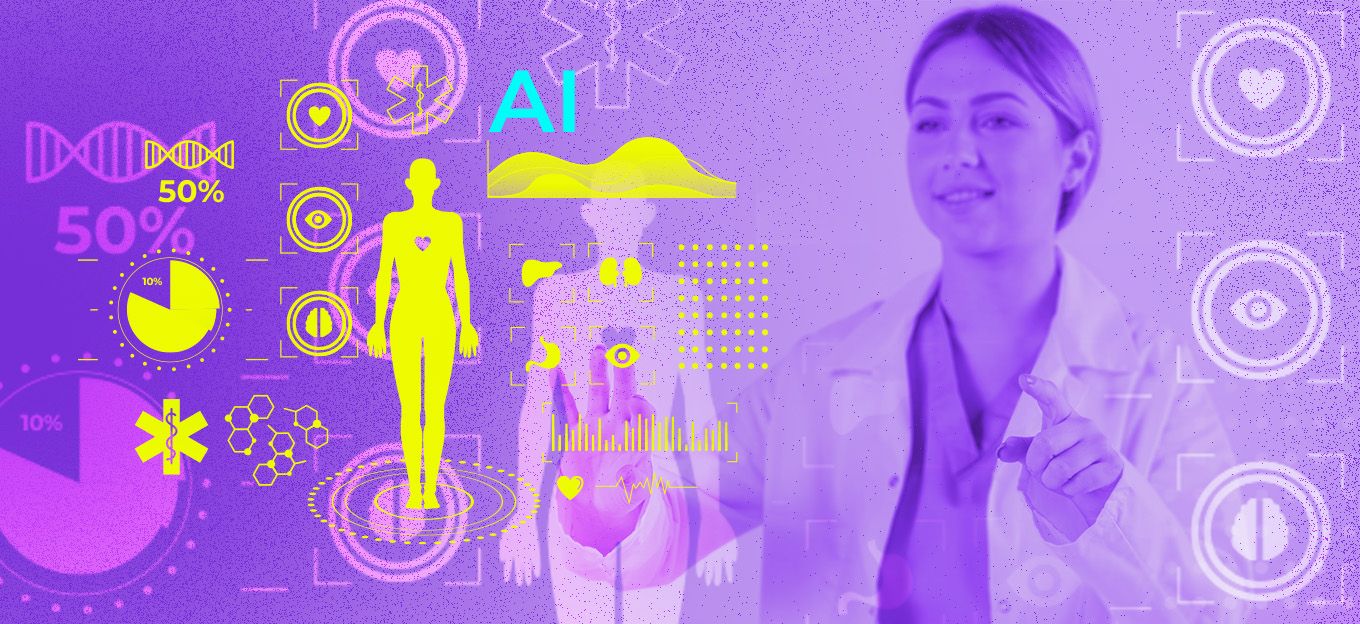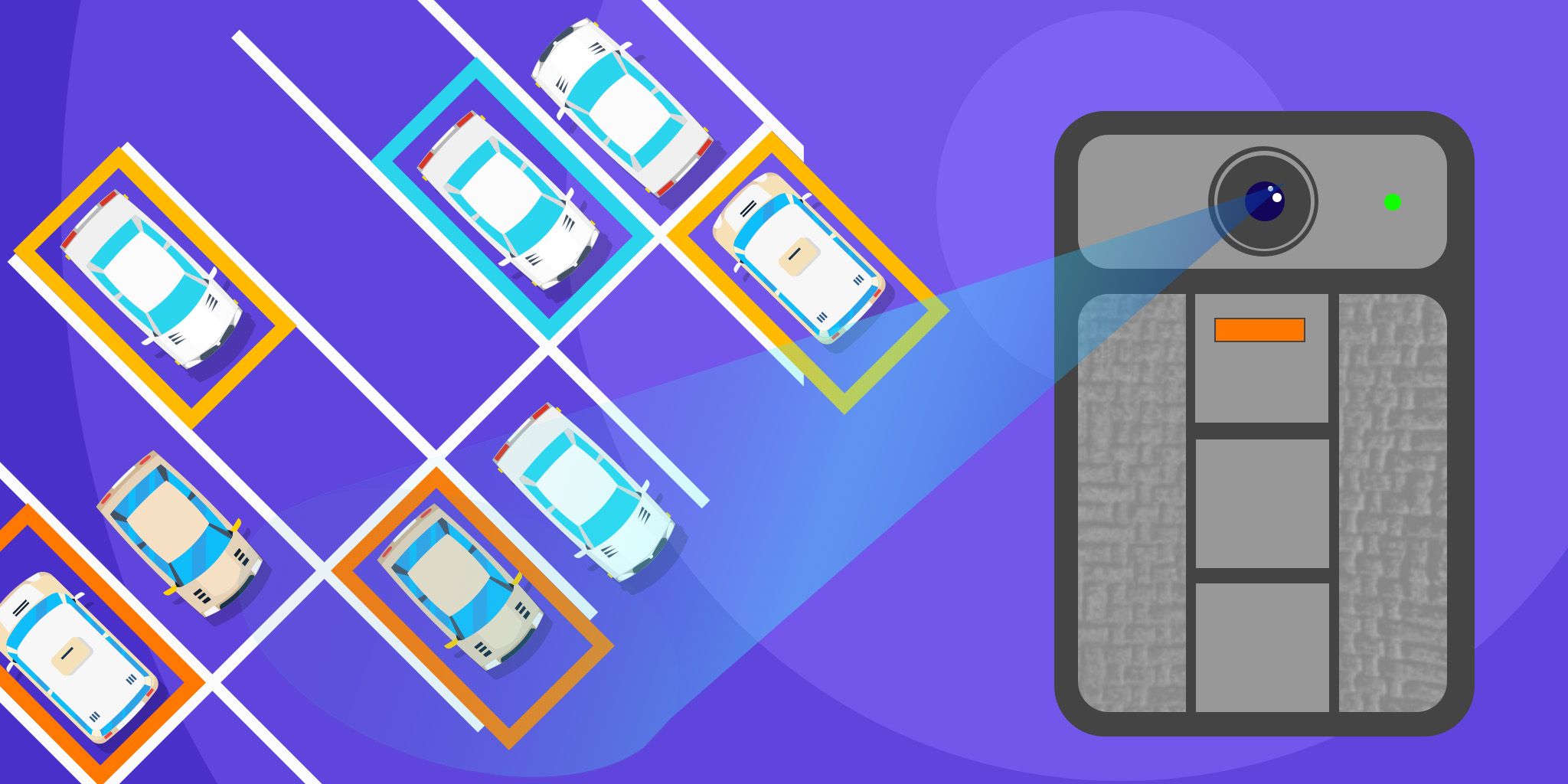AI-Supported Edge Orchestration: Smarter, Simpler, and Built for Scale
AI-Supported Edge Orchestration: Smarter, Simpler, and Built for Scale
- Last Updated: October 20, 2025
CTHINGS.CO
- Last Updated: October 20, 2025



As IoT deployments grow in size and complexity, the conversation is shifting. It’s no longer just about connecting devices, but rather managing them efficiently, securely, and intelligently at scale.
At CTHINGS.CO, we believe the next evolution of edge management is AI-powered orchestration. With the right platform, organizations can cut operational overhead, respond faster to change, and deliver true operational intelligence, whether they manage ten devices or ten thousand.
The Challenge: Complexity at the Edge
By 2030, the number of connected IoT devices worldwide is expected to exceed 40 billion. Managing this scale means tackling:
- Thousands of distributed devices across diverse environments
- Continuous software and firmware updates
- Security and compliance requirements that vary by region
- Integration with legacy and modern systems alike
Without a unified management approach, these challenges consume valuable time and resources, slowing down innovation.
This rising complexity is reshaping expectations for how edge infrastructure is managed.
It’s no longer enough to simply collect data or keep devices online; organizations need systems that can anticipate problems, adapt to changing conditions, and scale effortlessly. That’s where artificial intelligence is emerging as a game-changer.
The Business Case for AI at the Edge
The economics of edge computing show just how fast the sector is maturing. The market is projected to grow to USD 424.2 billion by 2030.
Adoption is already well underway. A recent industry survey found that 69% of manufacturers are deploying edge computing to modernize operations, often processing large volumes of operational data locally, without relying on the cloud.
What’s more, at least 93% of manufacturers plan to integrate AI into their core operations.
The reason is clear: AI at the edge enables faster decisions, greater autonomy, and more efficient resource use without sacrificing security or compliance.
Where AI Changes the Game
AI’s role in edge computing is expanding rapidly, driven by the growing scale and complexity of modern IoT environments. Modern IoT environments generate massive streams of real-time data, far beyond what human operators or traditional monitoring tools can process alone. AI steps in as the force multiplier, handling the volume, variability, and velocity of edge data in ways manual oversight simply can’t.
At the edge, AI can:
- Spot anomalies instantly by comparing live sensor data to historical patterns.
- Predict failures before they occur, reducing downtime and maintenance costs.
- Automate responses to changing conditions, from adjusting energy usage in buildings to rerouting logistics assets.
- Prioritize tasks and alerts so operators can focus on the highest-value actions.
Perhaps most importantly, AI enables local intelligence - running analytics and decision-making directly at the edge, without depending on constant cloud connectivity. This is critical for use cases where milliseconds matter, or where bandwidth is limited and costly.
Real-World Impact
AI at the edge is already delivering measurable value across industries:
- Smart Buildings: Automating HVAC and lighting adjustments based on occupancy and environmental data.
- Industrial Operations: Enabling predictive maintenance through continuous machine health monitoring.
- Supply Chain & Logistics: Tracking asset conditions in real time and flagging potential disruptions before they escalate.
- Infrastructure & Utilities: Processing high-volume sensor and video data locally to detect hazards, optimize distribution, or manage environmental impact.
The common thread is that decisions happen where data is created, reducing latency, minimizing cloud dependency, and increasing operational resilience.
From Insight to Action: The Role of the AI Assistant
When combined with orchestration platforms, AI’s capabilities extend from data analysis to coordinated action across entire device fleets, turning raw data into operational clarity.
This combination allows teams to shorten the path from detection to resolution, helping maintain uptime, optimize performance, and focus on higher-value work.
Built for Interoperability and Scale
AI-powered orchestration is only as strong as the systems it can connect. That’s why it’s crucial to have a platform able to support a variety of devices, data formats, and network types, allowing organizations to integrate new technologies without replacing what’s already in place.
Whether it’s a small proof-of-concept or a global deployment, the same tools, security model, and workflows should apply, ensuring consistent performance and predictable results at any scale.
The Future of Edge Management is Here
Edge computing is moving toward a model where intelligence is embedded directly into infrastructure. AI models will run locally, enabling faster and more autonomous decision-making.
Looking ahead, we can expect:
- Edge-to-cloud collaboration where the edge handles immediate responses and the cloud manages strategic oversight
- Greater interoperability through open standards and flexible orchestration platforms, making it easier to integrate diverse technologies
- Self-optimizing systems that continuously adjust performance, energy consumption, and maintenance schedules without human intervention
The edge of the future will not simply collect and process data, it will learn from it, adapt to it, and act on it in real time.
In short, the edge of the future won’t just collect and process information, it will learn from it, adapt to it, and act on it, all in real time.
From Possibility to Practice
With AI-supported orchestration, organizations move beyond device management toward systems that learn, adapt, and optimize themselves over time.
The Most Comprehensive IoT Newsletter for Enterprises
Showcasing the highest-quality content, resources, news, and insights from the world of the Internet of Things. Subscribe to remain informed and up-to-date.
New Podcast Episode

Moving Past the Pilot Phase in IoT and AI
Related Articles





